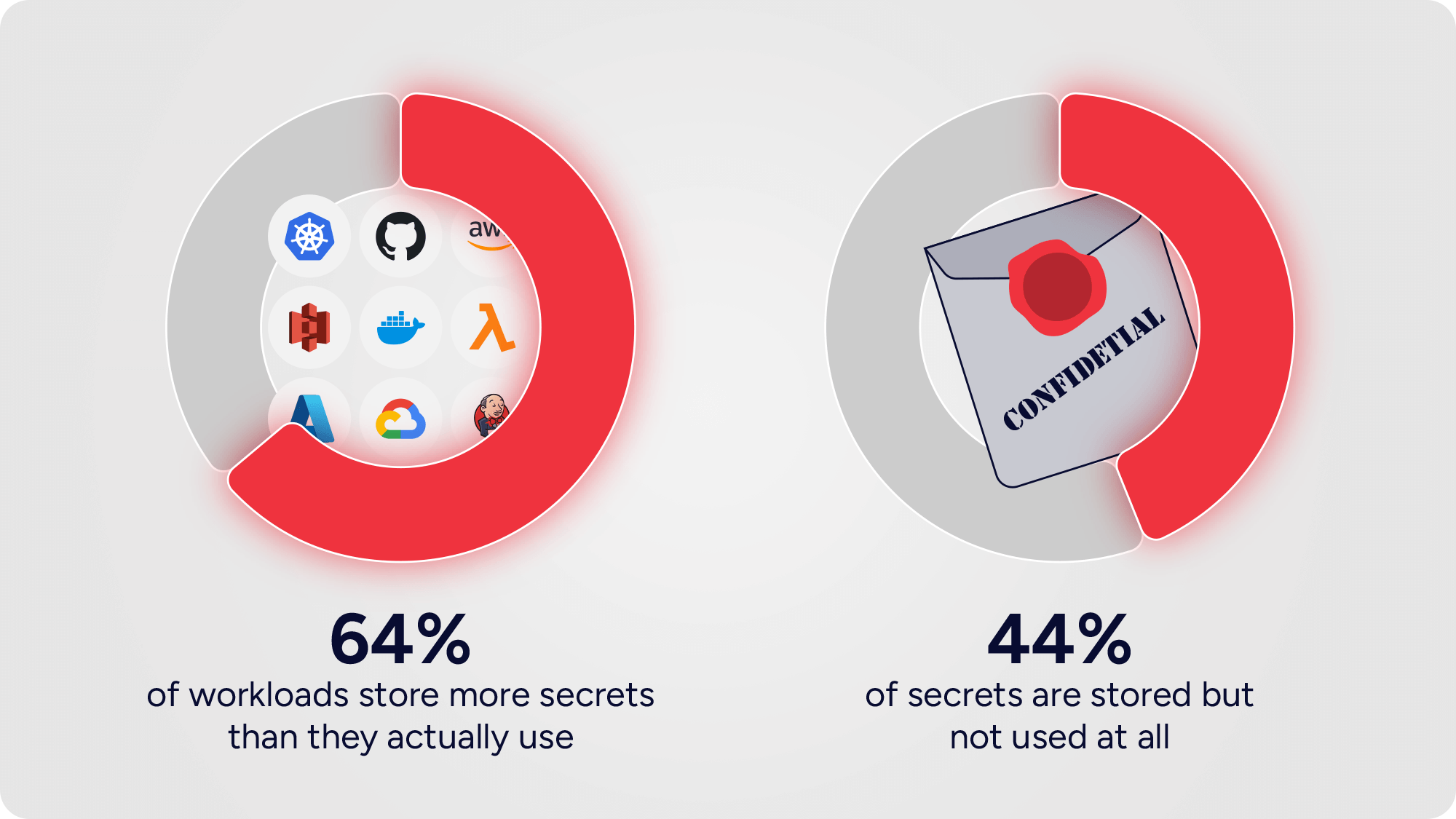As infrastructure becomes more automated and distributed, machine identities are now central to enterprise security.
Every container, API Client, and AI agent needs to prove who it is, and certificates are essential for proving that identity. They’re used to encrypt traffic, authenticate services, and establish trust between machines.
Certificates are the core piece of your machine identity puzzle.
But they’re often treated as low-level plumbing: issued, deployed, and forgotten.
Without visibility into how they’re used, by whom, or whether they’re still associated with active services, certificates quietly become a risk, not a control.
The Hidden Risk of Certificate Sprawl
In today’s environments, certificates are issued constantly by cloud platforms, automation tools, CI/CD pipelines, and developers themselves. Most organizations are managing thousands of certificates across a hybrid infrastructure.
But few can answer basic questions like:
- Where are all our certificates, and what services depend on them?
- When do they expire?
- Are they still needed, or orphaned by deleted resources?
- Are they vulnerable to future quantum threats?
This leads to mounting risk:
- Expired certs break production services without warning
- Forgotten certs create shadow access paths
- No central visibility means no one knows what’s trusted
What You Can’t See Can Hurt You
Traditional certificate tools only show surface-level metadata like issuance dates, expiration, and key size. They don’t reveal live usage or encryption health, which are essential to understanding real risk.
Here’s what they can’t tell you:
- Is this cert actually being used?
- What process or workload is using it?
- Is that workload behaving as expected?
- Was the cert copied and reused somewhere else?
- Is it granting more access than it should?
Without runtime visibility, certificates become static and dangerous. They silently grant trust, but offer no way to verify whether that trust is still valid.
Runtime Intelligence Changes the Game
To manage certificates as living components of machine identity, you need to see them in action, not just at creation, but every time they’re used.
Runtime visibility introduces a new layer of intelligence into certificate management:
🔍 Live Usage Insight
See which identities are using which certificates, where, and how.
🚫 Real-Time Risk Detection
Surface anomalies like certificate misuse, unauthorized duplication, or expired certs still being provisioned.
📉 Eliminate Ghost Certs
Identify and remove certificates that are no longer needed, reducing attack surface and complexity.
🧩 Post-Quantum Readiness & Compliance Validation
Continuously assess each certificate’s cryptographic strength against NIST post-quantum standards and enterprise compliance frameworks, ensuring your environment is future-proof and quantum-safe.
🔁 Auto-Remediation for Weak or Non-Compliant Certs
When risky, expired, or non–post-quantum-compliant certificates are detected, Hush automatically replaces them with secure, policy-aligned alternatives, no manual effort required.
What This Enables
Bringing runtime context into certificate management unlocks:
- Proactive prevention of outages and misconfigurations
- Dramatically reduced operational burden for security and DevOps teams
- Proactive certificate hygiene that reduces attack surface
- Enforcement of least privilege, even for machine-to-machine trust
- Continuous compliance with post-quantum readiness and modern security frameworks
It turns certificate management from a static checklist into a real-time risk management tool.
Rethinking Machine Identity Starts Here
Digital certificates validate the authenticity of machine identity, they’re the foundational layer of machine identity.
Treating them as static is not enough.
Managing them in isolation, without understanding behavior, puts security and availability at risk.
By combining certificate inventory with runtime visibility, organizations can finally manage machine identities with the same rigor we apply to human users, and build a stronger, more scalable foundation for Zero Trust.
The future of machine trust is real-time, intelligent, and identity-first.
And it starts with making certificates visible, contextual, and controlled.






